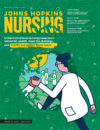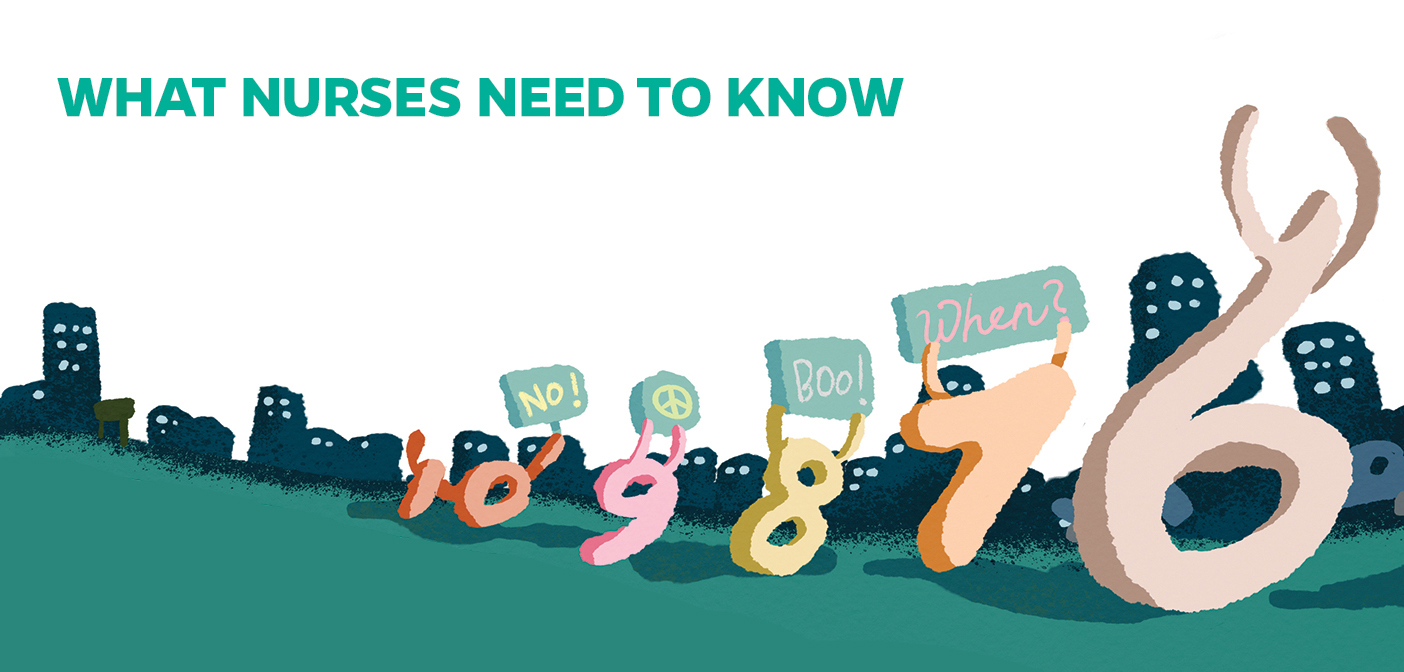Each issue, a member of the Johns Hopkins Nursing community will address a workplace or classroom concern in straightforward terms.
Civil unrest presents a daunting challenge for health care workers not completely unlike those faced in a natural disaster, report Associate Professor Tener Goodwin Veenema, PhD, MPH, MS, RN, FAAN, and several colleagues in the April-June 2017 issue of Nursing Administration Quarterly. Add in the social issues that have triggered the unrest—“above and beyond the issues of security, crisis communication, and alterations in practice necessary during a disaster”—and responders can quickly become overwhelmed.
Nurses can lead the way to calm, professional care, the authors write, if properly prepared:
Inequalities in society, culture, and finance have resulted in civil unrest, rioting, and intentional violence throughout our history. It is not the civil unrest itself, but the resulting rioting and intentional violence that can create a disaster situation. This increases the care burden of health care providers during times when the governmental structure may be overwhelmed or functioning in a less than optimal manner. Beginning with the death of Michael Brown, civil unrest over the last 2 years has necessitated a closer examination of the role nurse leaders play in preparing their staff and facilities for potential results of this civil unrest.
The similarities between the results of rioting and violence and natural disaster are obvious, but the differences are significant. Without adequate preparation, providers may not offer the appropriate response. Attention to the 10 “musts” for preparedness for civil unrest will facilitate a planning process and provide for a better response and recovery when communities face these issues …
Nurses know that preparedness and training are critical to successful patient outcomes. Preparedness and training for civil unrest are essential to not only patient outcomes and emotional well-being but also organizational and community outcomes.
- Training of hospital security in crowd control during riots.
- Identification of local leaders to be trained for emergency management and as street medics.
- Inclusion of local leaders and students in drills that teach how to stay safe during a riot.
- Establishment of a communication plan for local leaders, street medics, and hospitals.
- Modeling of behavior by nurse leaders, who manage the largest workforce in the hospital and are trusted members of the community. (It is essential that the nurse leaders model what they expect from other organizations.)
- Recognition of the intersection of complex issues by nurse managers who can then intervene with staff when there is a lack of understanding.
- Planning of an orderly triage by enlisting the support of local and prominent community leaders.
- Planning for the use of mobile clinicsor provision of home visits during the crisis.
- Designing of hospital and community partnerships to help heal young people impacted by violence with case management, mentorship, and evidence-based trauma interventions.
- Training of all nurses in trauma informed care.
Illustration by Joy Ho

